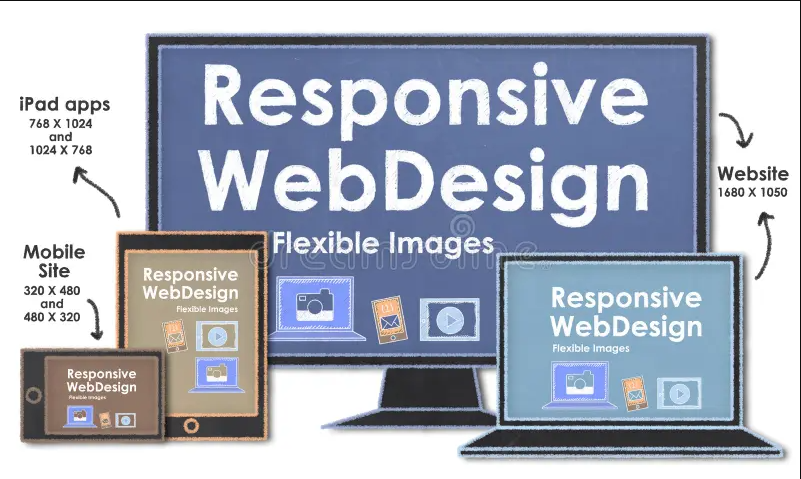
In today's digital age, where smartphones and tablets have become ubiquitous, the importance of responsive web design cannot be overstated. Responsive web design is a fundamental approach to creating websites that adapt seamlessly to various screen sizes and devices, ensuring a consistent and user-friendly experience for all visitors.
Responsive web design is a design and development technique that allows a single website to function optimally on different devices and screen resolutions. Rather than creating separate websites for desktops, tablets, and mobiles, responsive design ensures that the same content is displayed in an aesthetically pleasing and functional manner, regardless of the device being used.
Fluid Grids: Responsive design uses fluid grids that adapt and resize elements proportionally based on the user's screen size. This ensures that content remains readable and aesthetically pleasing.
Flexible Images and Media: Images and media should also scale and adjust to fit various screen sizes, preventing issues like distorted images or excessive scrolling.
Media Queries: CSS media queries are used to apply different styles and layouts based on the screen width or device characteristics. This allows for a tailored user experience on different devices.
Mobile-First Approach: Many designers and developers adopt a mobile-first approach, where they design for mobile devices first and then progressively enhance the design for larger screens. This ensures a strong focus on essential content and optimal mobile usability.
Improved User Experience: Responsive design offers a consistent and user-friendly experience, regardless of the device. Visitors can access your content without having to zoom in, scroll excessively, or deal with layout issues.
Better SEO: Search engines favor responsive websites, as they provide a unified URL structure and content. This can result in higher search engine rankings and improved visibility.
Cost-Efficiency: Building and maintaining a single responsive website is more cost-effective than managing multiple versions for different devices. It simplifies updates and reduces development time.
Future-Proofing: As new devices and screen sizes emerge, responsive design can adapt without the need for major redesigns or overhauls, future-proofing your website.
Responsive web design is not merely a trend; it's a necessity in today's digital landscape. It ensures that your website remains accessible and engaging to users across a wide range of devices, ultimately contributing to a positive user experience, better search engine rankings, and cost-effective web management. By embracing responsive design principles, you can create websites that stand the test of time and meet the evolving needs of your audience.